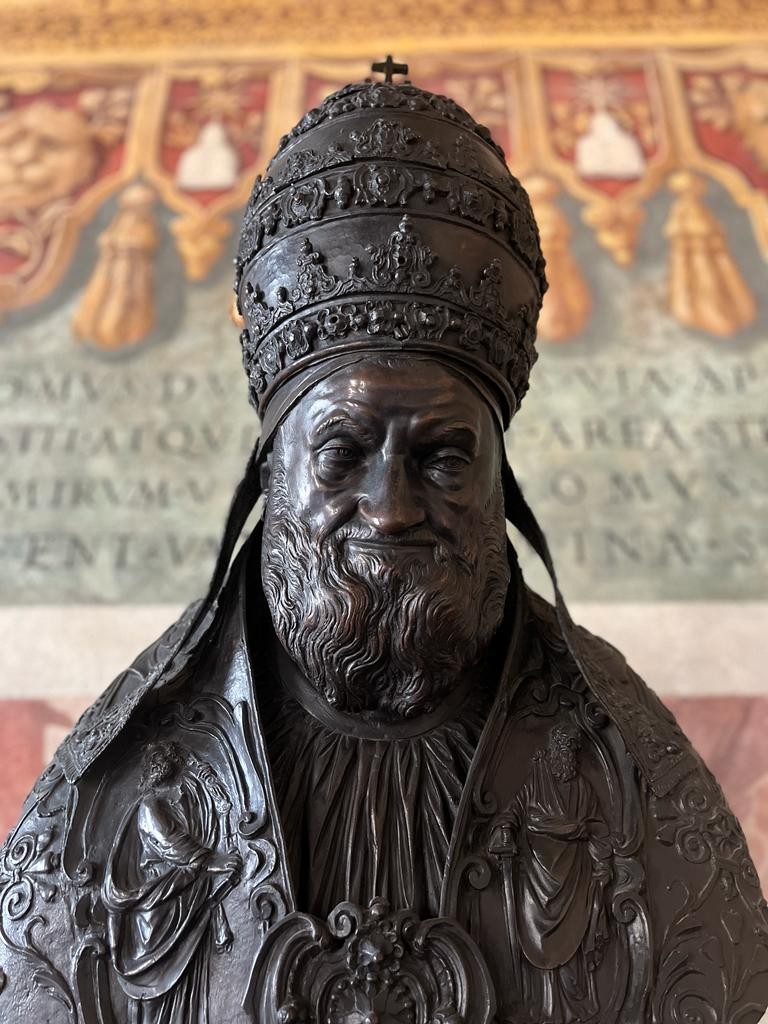The year 1585 marked the beginning of a new chapter for the Lateran Apostolic Palace. When Pope Gregory XI returned from exile in Avignon, the pontifical residence was established in the Vatican. Once Pope Sixtus V was elected, he decided however to restore the Lateran Palace and use it as his summer residence. This had a strong symbolic value: the Council of Trent had decreed that bishops should reside in their dioceses. Therefore, by commissioning the building works, Sixtus V wanted to emphasize the importance of the Tridentine decrees by wishing to live where his cathedra resided. He therefore entrusted the task to the architect Domenico Fontana, and work began in June 1585.
The excavations extended from the Chapel of the Most Holy Crucifix to the Halls of Constantine and the Apostles and the Loggia of Blessings, in place of which a portico was designed with a covered loggia, directly connected to the Palace. A large inner courtyard inspired by that of Palazzo Farnese by Michelangelo was also created. Fontana’s building site was closed in May 1589 and the new building was inaugurated at the end of the same month. Sixtus V's intention, however, was never realized, because in fact the Pope never had the chance to stay in the Lateran apartment.
In the eighteenth century, the building changed hands several times, until it was entrusted to the Hospice of Saint Michael in 1794. Starting in 1810, Giovanni Battista Ottaviani began a series of restorations that changed the face of the building somewhat, modernizing it in accordance with the stylistic requirements of the time. It continued to be an important centre for Christianity and a symbolic place for the entire Church, hosting major events. For example, in 1929, the famous Lateran Pacts were signed within the walls of the Palace, proclaiming the sovereignty of Vatican City and stipulating relations with the Italian State. Aware of the historical importance of the building, even the twentieth-century popes were attentive to maintenance work, so much so that the papal flat underwent further interventions first under the pontificate of John XXIII and then Paul VI, who commissioned the most recent work.


